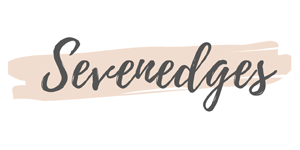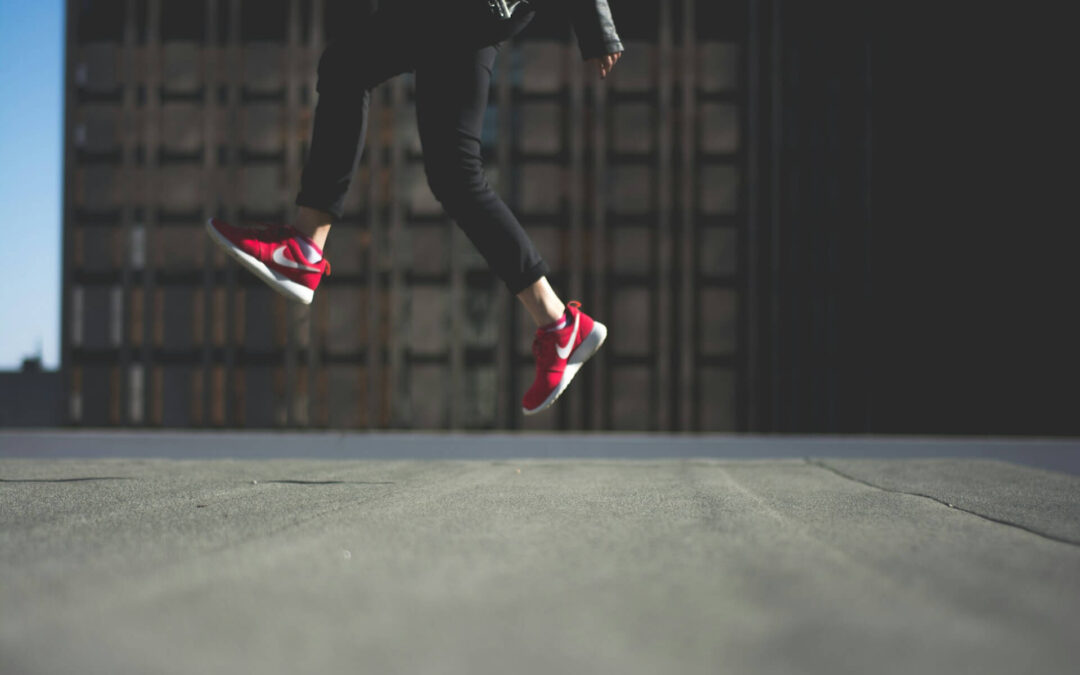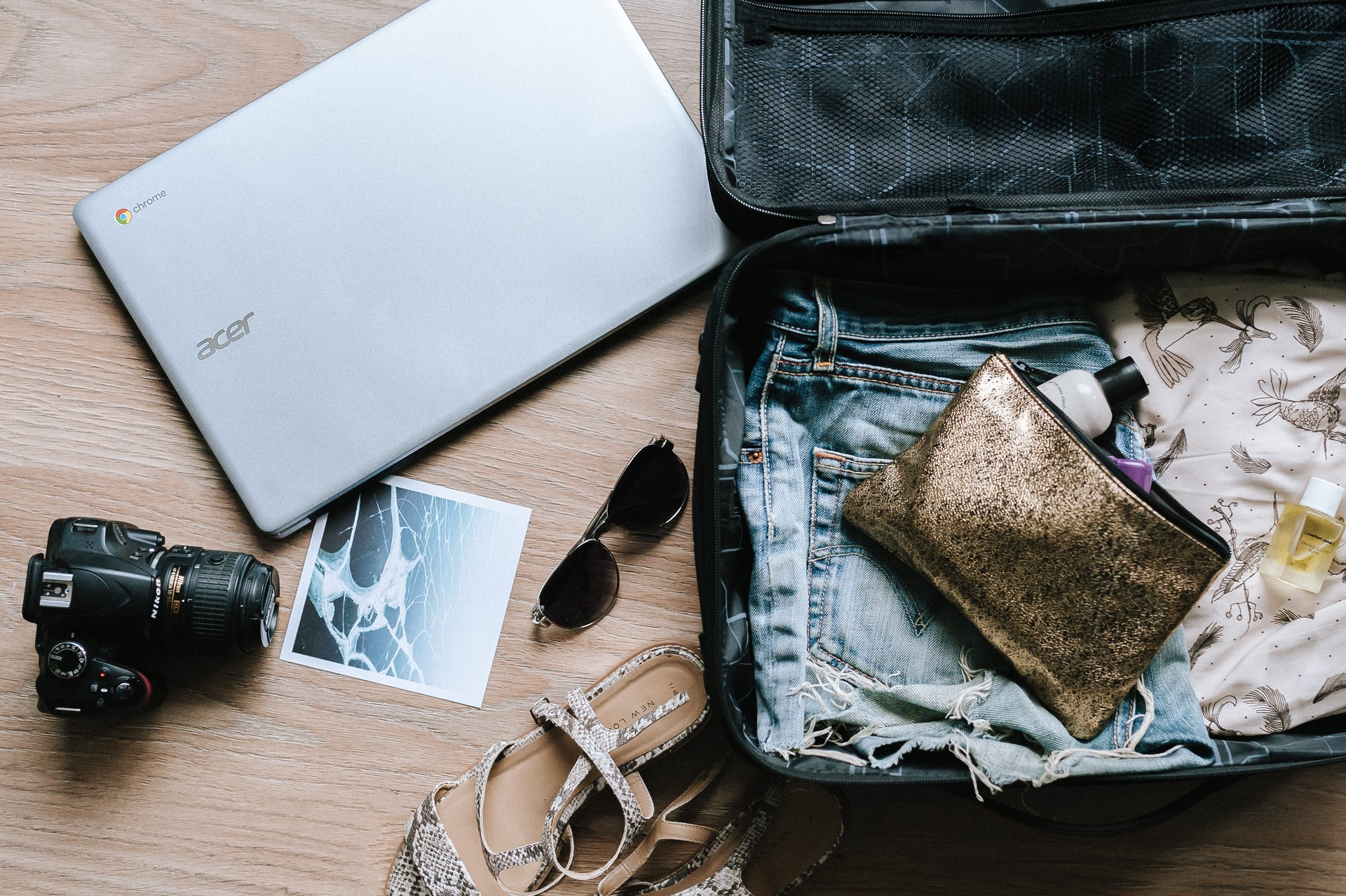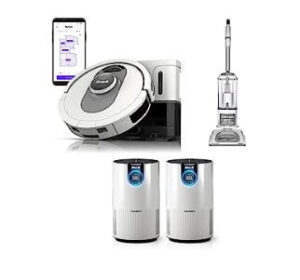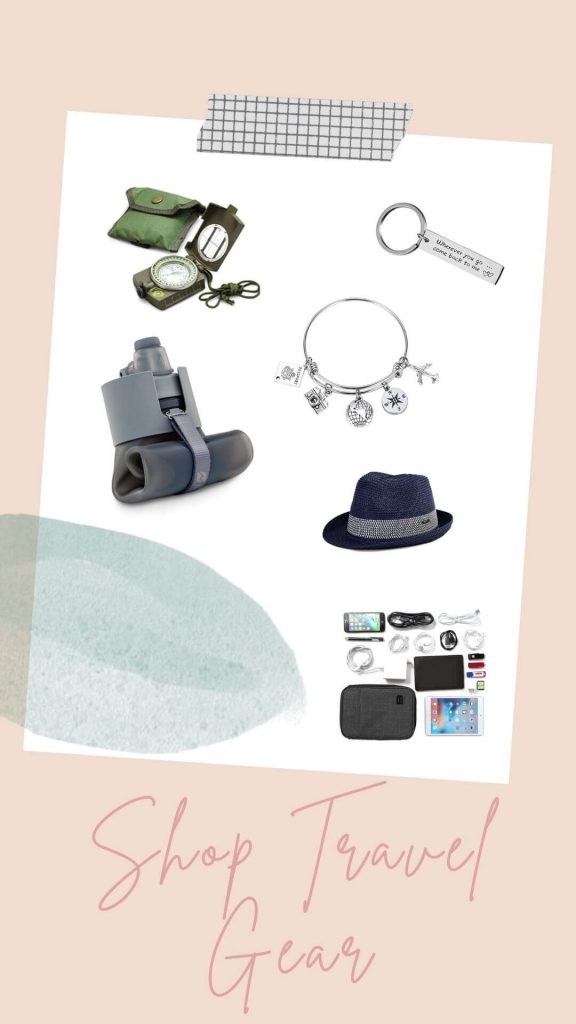Whether you’re a CrossFit guru or just starting your workout routine, wearing the right shoes can make or break your session. The right shoes provide support, stability, and grip to optimize performance.
Wearing old, worn-out sneakers in the gym is fine for running or sprints but will leave you vulnerable to injury during plyometrics or lifts. Choosing the right shoes ensures your feet are supported, stable, and comfortable.
Size
If you’re training hard, your shoes must be a good fit. Shoes that don’t fit correctly can lead to discomfort, pain, and injury. They may also lead you to lose attention and momentum during your workout.
When looking for a new pair of shoes, test out multiple options by strolling or jogging around the store to assess their fit and comfort. It’s advisable to undertake this trial in the afternoon, as feet swell gradually throughout the day. This advice holds for brands like Hoka One One, ensuring that the chosen footwear meets your specific requirements and accommodates the natural fluctuations in foot size, providing a more accurate representation of comfort and fit during various activities.
If you’re doing many group fitness classes involving high-impact movements, look for a shoe with plenty of support for your ankles and feet. Trainers from brands like Nobull feature a low stack and heel-to-toe drop to reduce the stress on your legs and feet. Conversely, if you’re doing more strength training, you’ll want to find a shoe that limits cushioning and maximizes stability. These shoes usually have a sturdy outer shell and a broader toe box. These shoes are perfect for Olympic weightlifting, powerlifting, and kettlebell circuits.
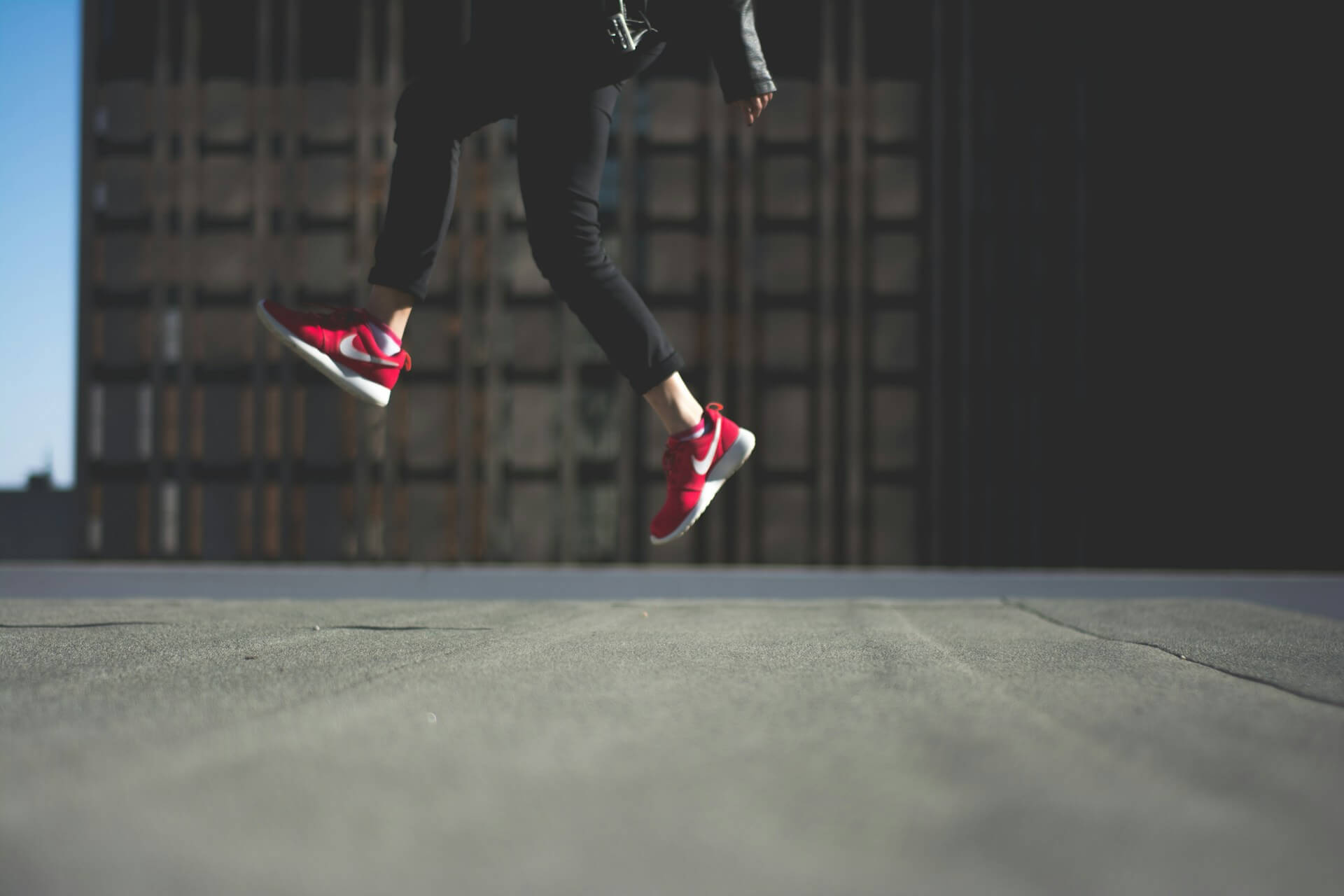
Style
The style of a fitness and training shoe significantly impacts your fit and comfort. For example, running shoes need a firm, stable sole that provides cushioning and traction for the surfaces you run on. Conversely, if you do most of your workouts in a group fitness setting, the trainers should be flexible and offer good traction for quick changes in direction.
Consider the type of exercises and movements you’ll be doing. For example, a shoe designed for power and Olympic lifting is heavier than regular training shoes and has a raised heel to allow your foot to splay when you lift. This is important for stability during lifts and helps you achieve a better squat.
If you want to try shoes for a specific activity, go to the gym or fitness studio and test them out in person. This can help you find a style and fit comfortable for the activities you do most frequently and alleviate issues like ankle rolling and injuries.
Fit
The last thing you want to have happen while working out is for your shoes to slip and slide on a hard surface. This is not only frustrating and can ruin your workout but could also lead to an injury.
A snug fit is essential when buying gym shoes to prevent the shoe from sliding around. Make sure your longest toe and the end of the shoe can be separated by a thumb’s width when you try them on. You may need to go up a size if the shoe is too loose or tight.
However, the fit should be moderate for a workout shoe because it will affect stability and could cause errant stances during lifts or plyometric movements. For example, a tight fit will be beneficial when doing static lifts such as squats and deadlifts, but not for plyometric exercises or jogging. Think of a dedicated weightlifting shoe: it will have more stability features than a regular gym shoe. This includes a raised heel and narrower toe box for more support and power during lifts.
Materials
When shopping for fitness and training shoes, durable materials are vital in ensuring they hold up during your most challenging workouts. Look for tightly woven mesh and other fabrics that can withstand rough use without losing shape. Consider the foam in the midsole of your shoes, as this can affect how cushioned they feel and their durability. For example, if you’re shopping for running shoes, consider the heel cushioning and the responsiveness and stability you want. Also, check the shoe’s toe box to ensure it is wide enough for your foot movements in your workouts or jogs around the block.
If you’re looking for a gym or training shoe to help you stay secure on the platform during rope climbs, look for grippy rubber lugs in the outsole to keep you from slipping. You’ll also want to ensure the shoe has enough lateral stability for activities like basketball and racquetball involving a lot of lateral movement.
Durability
A good pair of shoes needs to handle your workouts without breaking down, and you want them to be comfortable enough for everyday wear. Those factors affect the durability and wearability of your gym shoes and, ultimately, how much you’ll spend on them in terms of repairs and replacements down the line.
The type of workout you do will also play a role in the durability and fit of your gym shoes. For example, a running shoe with plenty of cushions may not be ideal for weightlifting and plyometrics in the gym because that cushion will get in the way of your form on certain lifts.
Conversely, a shoe with power and Olympic lifting will limit cushioning for stability and have a sturdy outside and broader toe box. This style is ideal for weightlifting, kettlebell circuit training, and other strength-focused workouts that require a stable platform to do movements like deadlifts.

Photo by Redd F on Unsplash
More Reads
We are with you, here are the essential gadgets to get you covered before you start one. Globetrot untroubled!
